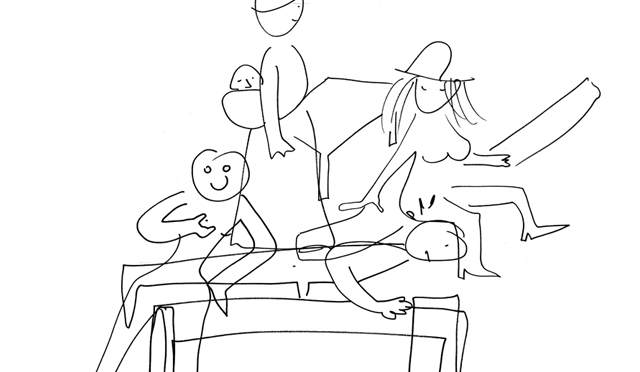Search
To search for an exact match, type the word or phrase you want in quotation marks.
A*DESK has been offering since 2002 contents about criticism and contemporary art. A*DESK has become consolidated thanks to all those who have believed in the project, all those who have followed us, debating, participating and collaborating. Many people have collaborated with A*DESK, and continue to do so. Their efforts, knowledge and belief in the project are what make it grow internationally. At A*DESK we have also generated work for over one hundred professionals in culture, from small collaborations with reviews and classes, to more prolonged and intense collaborations.
At A*DESK we believe in the need for free and universal access to culture and knowledge. We want to carry on being independent, remaining open to more ideas and opinions. If you believe in A*DESK, we need your backing to be able to continue. You can now participate in the project by supporting it. You can choose how much you want to contribute to the project.
You can decide how much you want to bring to the project.
In 1974 Andy Warhol moved to 66th Street (between Park Avenue and Madison) in New York. The endless cardboard boxes from the move gave him an idea. These boxes could be used to keep things in. So between 1974 and 1987, he’d open a cardboard box and put things in it, later sealing it and marking it with a date and title. He kept 612 boxes like this under the collective name of time capsules.
All Andy Warhol’s time capsule are conserved in his Foundation/Museum in Pittsburg. Only a few have been opened. And the most diverse objects have been found in them: from works by Warhol himself, to postcards and other curiosities. Some of these boxes have been opened by curators of the Andy Warhol museum, in public, in front of an audience. It’s not just that they have been opened in public so much as the actual act is documented on video. It’s even all been placed on a website, where we can discover for ourselves the contents of time capsule número 21, here.

A*DESK is a critical platform focused on publishing, training, experimentation, communication and dissemination in relation to contemporary culture and art, which is defined by transversality. The starting point is contemporary art, because that is where we come from and this awareness allows us to go much further, to incorporate other disciplines and forms of thought in order debate issues that are relevant and urgent for understanding our present.
"A desk is a dangerous place from which to watch the world" (John Le Carré)